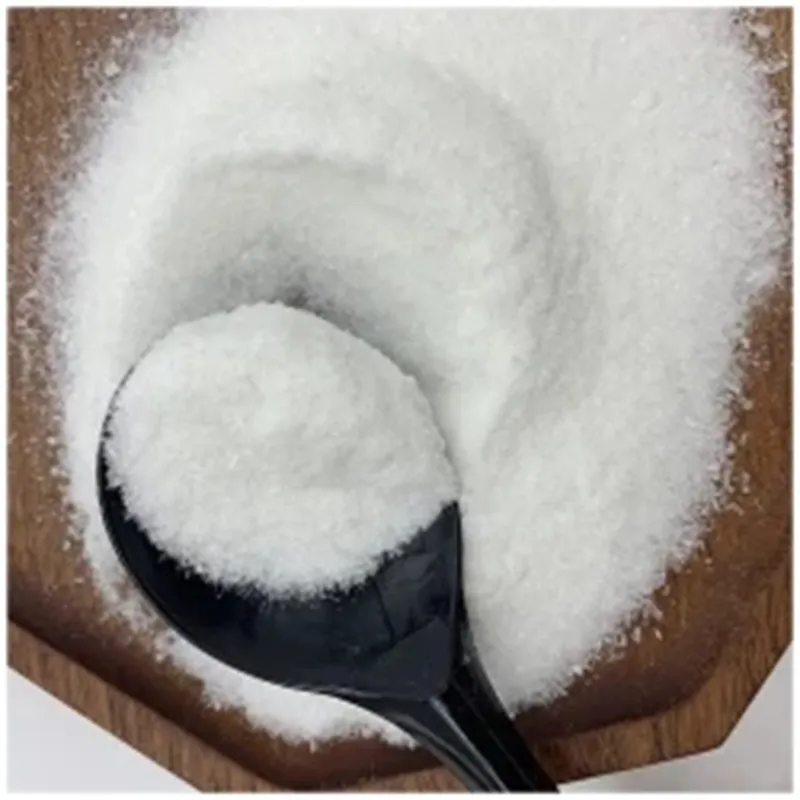 Email: sale@hebeidisha.com
Email: sale@hebeidisha.com
 Tel: +86 13315186550
Tel: +86 13315186550
- Afrikaans
- Albanian
- Amharic
- Arabic
- Armenian
- Azerbaijani
- Basque
- Belarusian
- Bengali
- Bosnian
- Bulgarian
- Catalan
- Cebuano
- China
- China (Taiwan)
- Corsican
- Croatian
- Czech
- Danish
- Dutch
- English
- Esperanto
- Estonian
- Finnish
- French
- Frisian
- Galician
- Georgian
- German
- Greek
- Gujarati
- Haitian Creole
- hausa
- hawaiian
- Hebrew
- Hindi
- Miao
- Hungarian
- Icelandic
- igbo
- Indonesian
- irish
- Italian
- Japanese
- Javanese
- Kannada
- kazakh
- Khmer
- Rwandese
- Korean
- Kurdish
- Kyrgyz
- Lao
- Latin
- Latvian
- Lithuanian
- Luxembourgish
- Macedonian
- Malgashi
- Malay
- Malayalam
- Maltese
- Maori
- Marathi
- Mongolian
- Myanmar
- Nepali
- Norwegian
- Norwegian
- Occitan
- Pashto
- Persian
- Polish
- Portuguese
- Punjabi
- Romanian
- Russian
- Samoan
- Scottish Gaelic
- Serbian
- Sesotho
- Shona
- Sindhi
- Sinhala
- Slovak
- Slovenian
- Somali
- Spanish
- Sundanese
- Swahili
- Swedish
- Tagalog
- Tajik
- Tamil
- Tatar
- Telugu
- Thai
- Turkish
- Turkmen
- Ukrainian
- Urdu
- Uighur
- Uzbek
- Vietnamese
- Welsh
- Bantu
- Yiddish
- Yoruba
- Zulu
Nov . 09, 2024 06:52 Back to list
Exploring the Properties and Applications of Xanthan Gum in Food Industry
Exploring E415 Xanthan Gum A Versatile Food Additive
Xanthan gum, designated as E415, is a natural polysaccharide widely used in the food industry for its unique thickening and stabilizing properties. Derived from the fermentation of glucose or sucrose by the bacterium Xanthomonas campestris, xanthan gum is a significant ingredient that plays a crucial role in various food formulations. Its exceptional ability to enhance texture and consistency has made it a staple in many culinary applications.
Exploring E415 Xanthan Gum A Versatile Food Additive
In addition to thickening, E415 serves as a stabilizer in emulsions. Emulsions are mixtures of two immiscible liquids, such as oil and water, which can often lead to separation. Xanthan gum effectively stabilizes these mixtures by forming a gel-like structure that traps droplets of one liquid within the other. This capability makes it a valuable ingredient in products like mayonnaise and salad dressings, allowing them to maintain their desirable texture and appearance over extended periods.
e 415 xanthan gum

Xanthan gum's versatility extends beyond just thickening and stabilizing; it is also used as a gluten substitute in gluten-free products. As more consumers seek gluten-free options due to celiac disease or dietary preferences, xanthan gum has emerged as a crucial ingredient in gluten-free baking. It adds elasticity and structure to doughs that would otherwise be unable to hold their shape. This allows for the creation of delicious bread, cakes, and pastries that mimic the texture of traditional gluten-containing products.
Moreover, xanthan gum is valued for its functionalities in various other industries, including cosmetics and pharmaceuticals. In cosmetics, it is employed as a thickening agent in lotions and creams, enhancing the product's texture and absorption. Similarly, in the pharmaceutical realm, xanthan gum can help to improve the viscosity of liquid medications, ensuring even distribution and stability.
Safety is a significant concern for food additives, and xanthan gum is generally recognized as safe (GRAS) by the Food and Drug Administration (FDA). Most people can consume xanthan gum without adverse effects, although some individuals may experience digestive discomfort when consuming large amounts. As with all food additives, moderation is key.
In conclusion, E415 xanthan gum is a multifaceted ingredient that greatly enhances the quality and stability of numerous food products. Its ability to thicken, stabilize, and substitute for gluten makes it an invaluable asset in both the food industry and beyond. As consumer preferences continue to evolve, the demand for xanthan gum is likely to grow, cementing its status as a beneficial additive in our everyday diet. Whether it's keeping our salad dressings from separating or giving gluten-free bread its bounce, xanthan gum remains an unsung hero of modern food technology.
Latest news
-
Certifications for Vegetarian and Xanthan Gum Vegetarian
NewsJun.17,2025
-
Sustainability Trends Reshaping the SLES N70 Market
NewsJun.17,2025
-
Propylene Glycol Use in Vaccines: Balancing Function and Perception
NewsJun.17,2025
-
Petroleum Jelly in Skincare: Balancing Benefits and Backlash
NewsJun.17,2025
-
Energy Price Volatility and Ripple Effect on Caprolactam Markets
NewsJun.17,2025
-
Spectroscopic Techniques for Adipic Acid Molecular Weight
NewsJun.17,2025